Concrete Mix Design Code Compliance Criteria
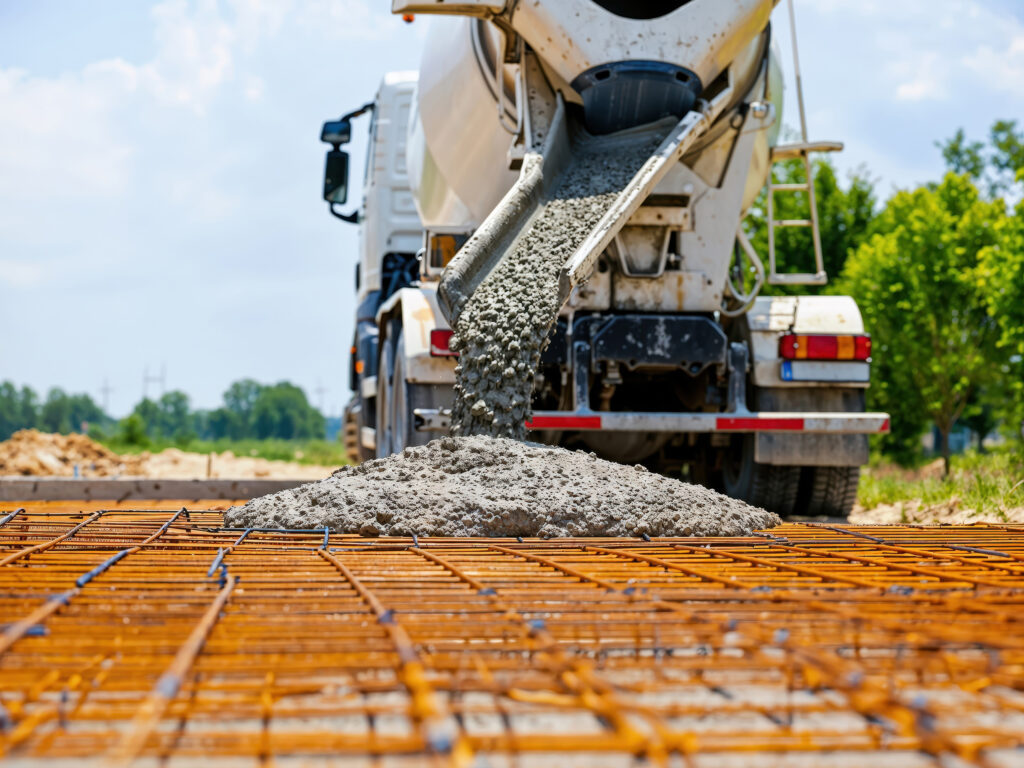
Many project concrete mix designs submitted for use on new construction projects do not comply with the code-required acceptance criteria but are approved anyway. Why is this? Well, the devil is in the details, and the person approving the concrete mix design is often not aware of all the details of the applicable concrete mix […]
Placement and Inspection of Rebar – CRSI is the Bible
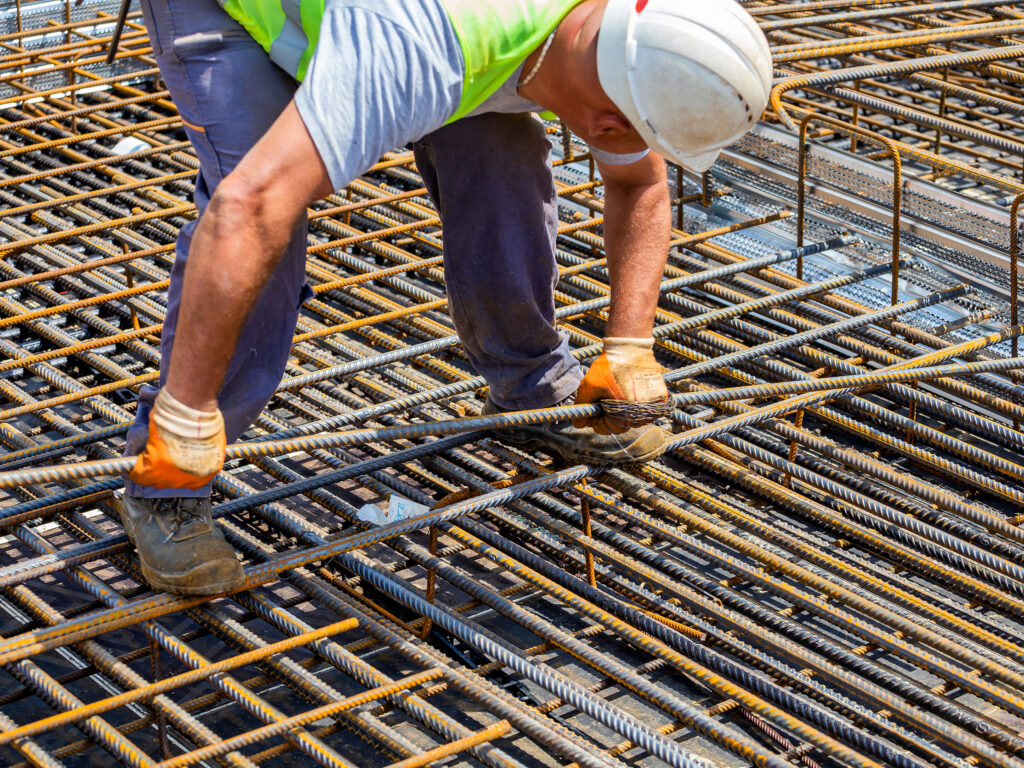
Project contract documents for concrete reinforcing steel compliance during construction rely on criteria outlined in the CRSI (Concrete Reinforcing Steel Institute) “Manual of Standard Practice” and/or CRSI’s “Placing Reinforcing Bars.” These two documents are often adopted as the primary reference standards for rebar inspection, with special inspectors verifying compliance with both the contract documents and […]
Special Inspections of Welded Metal Stairs and Railing Systems

Say you have a construction project that is a typical steel frame six-story dormitory-type building on the campus of any university. The building is equipped with elevators and two sets of metal stairs with railing systems to provide egress in the event the elevators are inoperable due to fire. No pun intended, but the burning […]
Developing a “Near-Perfect” Statement of Special Inspections

The International Building Code (IBC) requires that every new construction project have a project-specific “Statement of Special Inspections” (SSI) prepared by the registered design professional (RDP) in responsible charge, as outlined in Section 1704.3 of the code. The IBC also requires that the SSI be filed with the building official before the issuance of the […]
The Unsung Concrete Slump Test
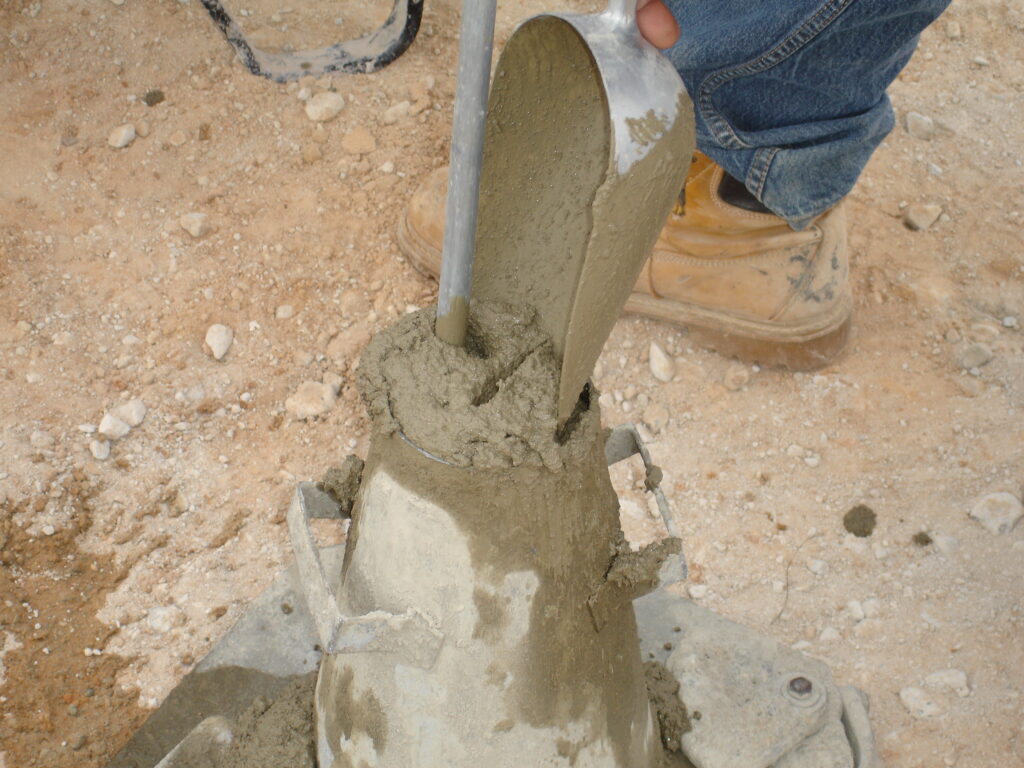
The concrete slump test is more than 100 years old and is one of the oldest concrete test methods around for use on fresh plastic concrete. Even though we have been performing slump tests in accordance with ASTM C143 for more than a century, the slump test is still undervalued, underappreciated, and not allowed to […]
Efflorescence in Masonry: What Causes It? How to Prevent It? How to Remove It?

Efflorescence – 1. Change on the masonry surface to a powdery white substance upon exposure to air, as a crystalline substance through loss of water. 2. To become incrusted or covered with crystals or salt or the like through evaporation or a chemical change. What Causes Efflorescence The water-soluble salts that are the source of […]
The Concrete Code Tolerances Enigma
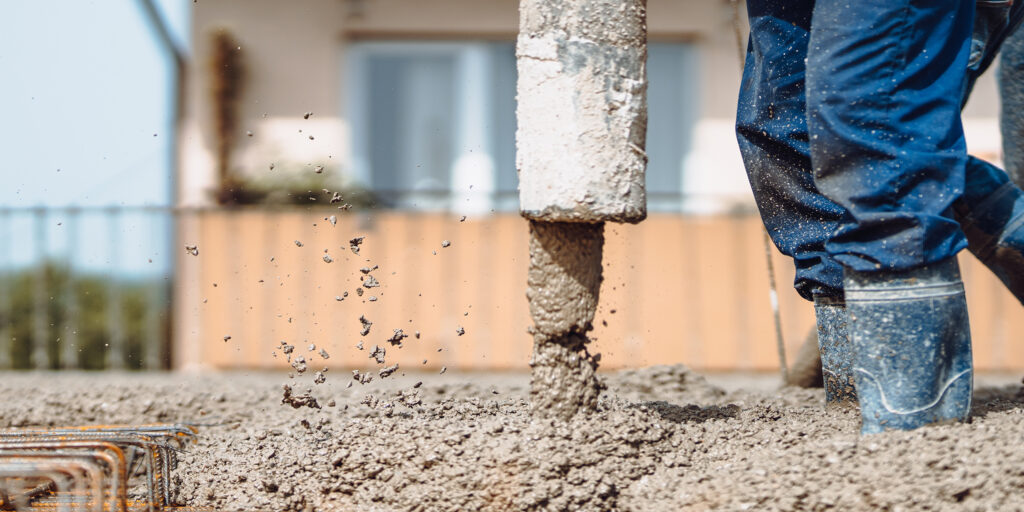
Structural concrete buildings and concrete elements of other types of buildings are built in accordance with the approved contract documents and constructed according to the required plan dimensions. Of the various construction disciplines that are in play during the construction phases of a building, none of them come close to having all of the code-required […]
Special Inspections Pitfalls – Part 2

The original Speaking in Code “Special Inspection Pitfalls” article was published in January 2025. Due to the large number of pitfall scenarios discovered during the research for the original article and the popularity of the article, we have developed PITFALLS (Part 2). Click here to read Part 1. A pitfall is defined as a particular […]
Special Inspections Pitfalls – Part 1

A pitfall is defined as a particular activity or situation where things go wrong or may cause problems. Project special inspections certainly have a fair share of potential pitfalls during building construction phases regarding all of the disciplines that comprise the construction schedule. For whatever reason, there are times when certain code-required special inspections are […]
Existing Building Code and its Unique Perplexities
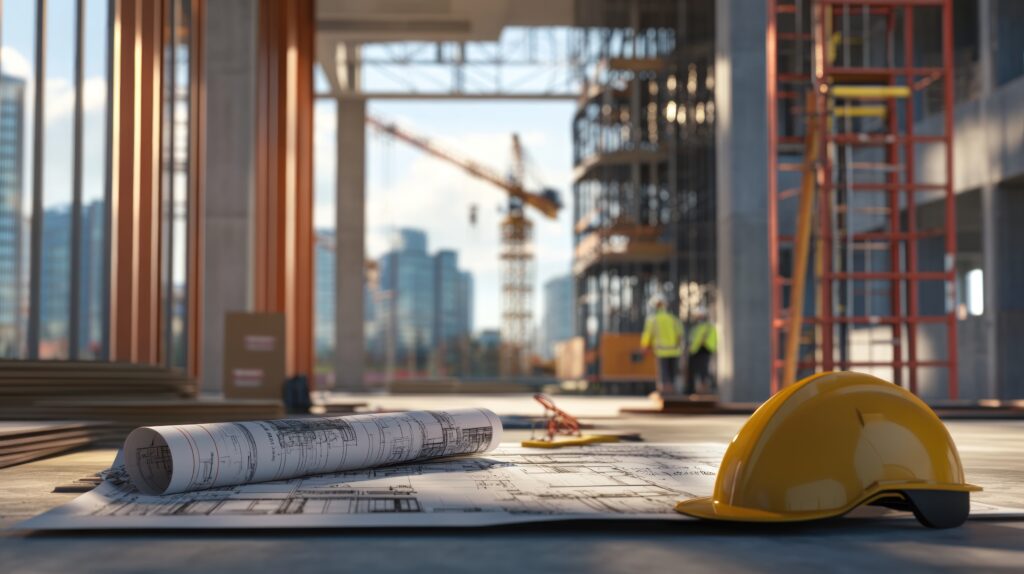
The International Building Code (IBC) has an International Existing Building Code (IEBC) in its arsenal of model building codes. Many states use the IEBC as a template to develop their own specific statewide existing building code. In Virginia, where this article was written, that would be the Virginia Existing Building Code (VEBC). Model existing building […]
Quality Masonry Mortar – According to ASTM C270
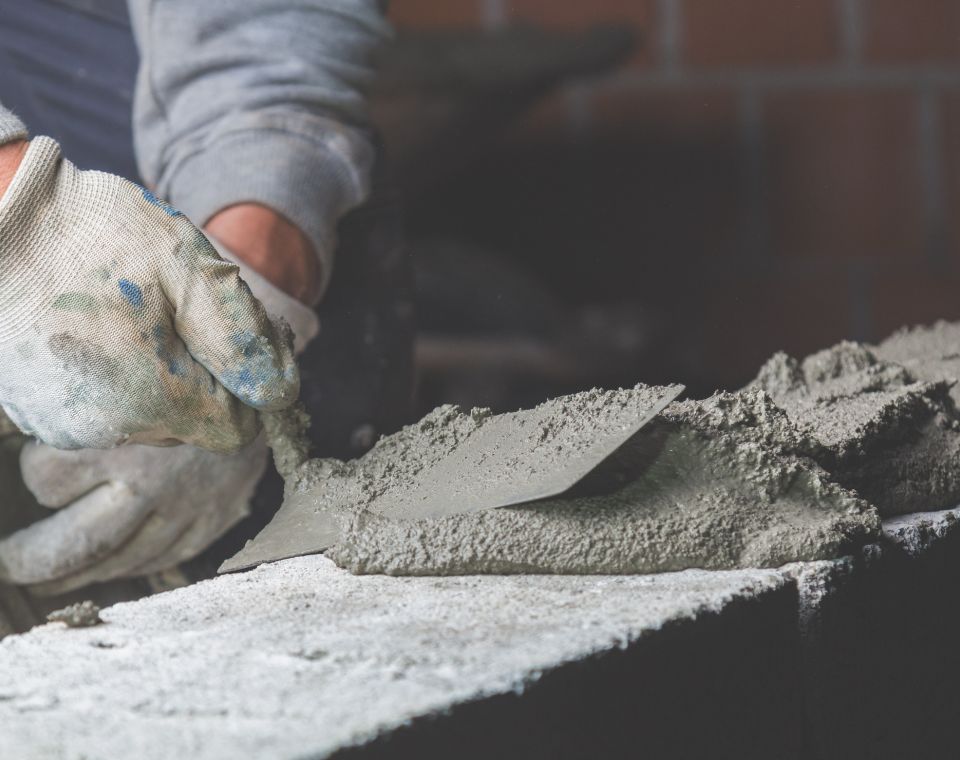
Producing quality, durable, and code-compliant masonry mortar on project work is important for many reasons. ASTM C270, “Standard Specification for Mortar for Unit Masonry,” along with ASTM C144, “Standard Specification for Aggregate for Masonry Mortar,” contain most of the pertinent code compliance criteria governing the production of masonry mortar used in the construction of non- […]
Steel Special Inspections and the Steel Warriors Who Perform Them

The subject of this article is steel special inspections, and the central theme is the hundreds of different items that steel special inspectors are responsible for during all of the various phases of steel construction. Not only are there a “gazillion” different types of inspection tasks required by the steel codes, but dozens of steel […]
